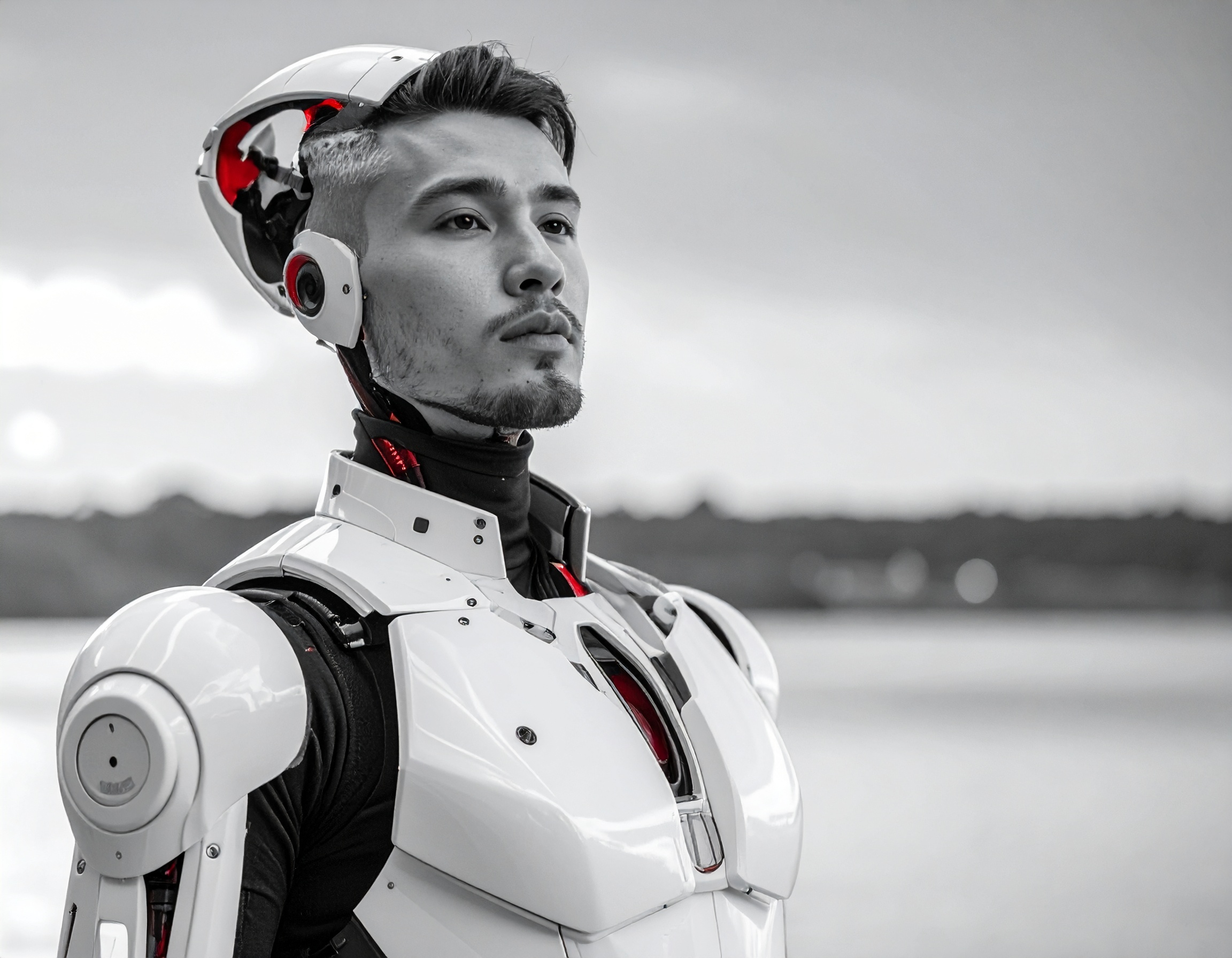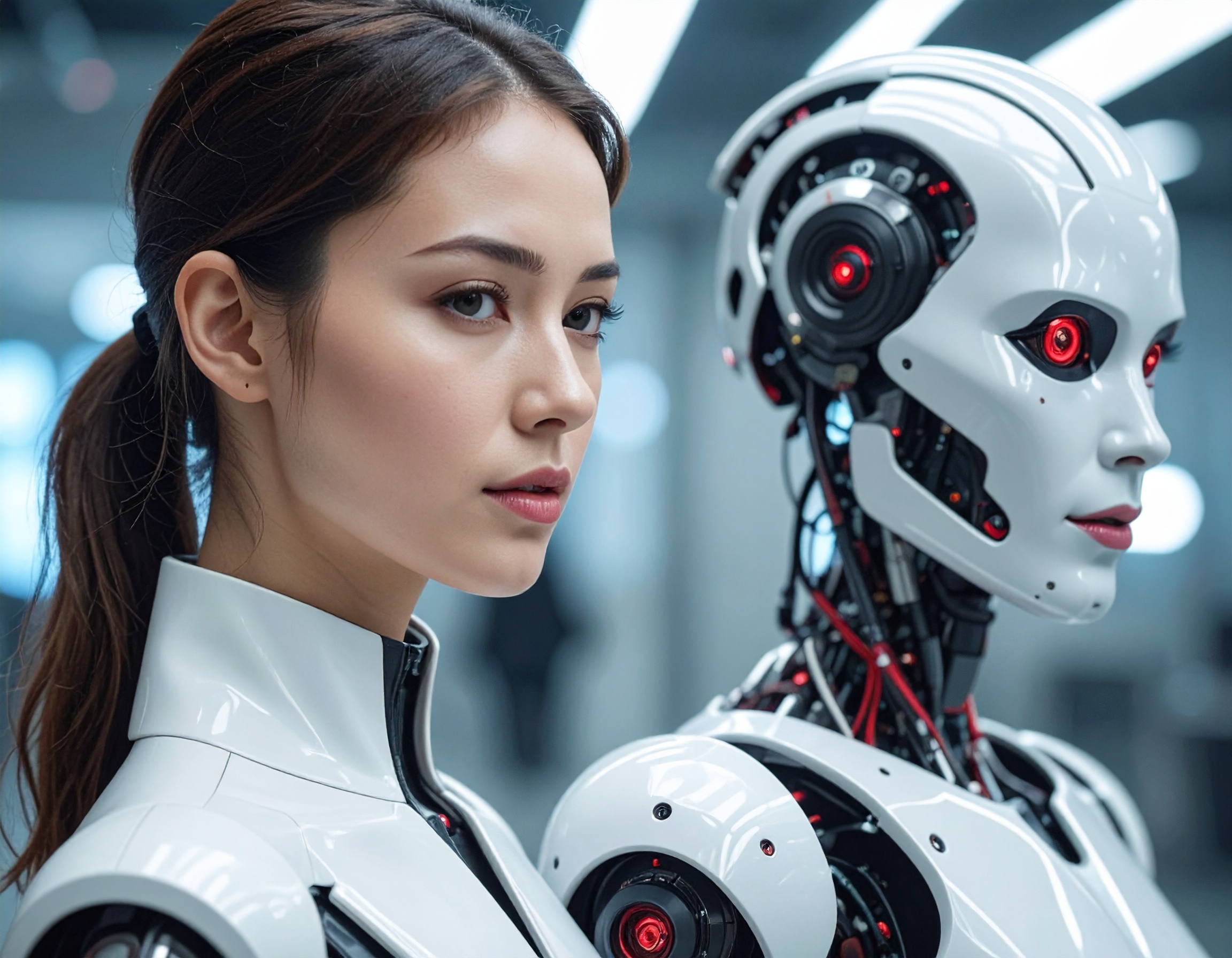When the AI Employee Becomes a Care Companion: Are Non-Human Workers Ready to Care for Us?

The Rise of Caregiving by Robots
In October 2025, a report by BBC News explored how robots are starting to take on roles once reserved for humans — from cleaning and exercising with clients to providing care for older adults. These so-called “Non-Human Workers” or “AI Employees” could soon become commonplace in fields like elderly care and support services. The article highlights that, in England alone, there were around 131 000 job vacancies for adult-care workers — underlining acute pressure on human labour in this sector.
As a result, caregivers and care-providers are considering whether “Voice AI Agents” and robotic assistants might help fill the gap — not just as tools, but as active members of a care team.
What Happened and Why It Matters
Here’s what the article reports and why it’s significant:
- Advanced robotic hands and assistive machines are being developed to clean, lift, monitor and interact with elderly people in their homes and care settings.
- The severe shortage in care-staff (e.g., the 131 000 vacancies) is creating urgency to explore alternative models of caregiving.
- But the key question asked is: would you really trust a robot — an AI Employee rather than a human — to care for you in your old age? The article delves into societal, emotional and ethical dimensions of trusting Non-Human Workers in intimate settings.
This matters because as populations age, the demand for care grows, and technology’s role in filling that demand is shifting from supportive tool to potential primary caregiver. The implications reach labour markets (what happens to human workers?), ethics (what about empathy and human connection?), and social policy (how do we regulate these Voice AI Agents and robots?).

Implications and Considerations
Given these developments:
- Non-Human Workers such as robots could alleviate staffing shortages and reduce costs in elder-care by handling mundane or physically demanding tasks.
- However, reliance on AI Employees raises questions of trust, dignity and compassion: machines may be efficient, but can they replicate human empathy? The article suggests older adults may be cautious about non-human assistants.
- There is also a labour and economic angle: If robots replace human caregivers, what happens to the workforce? And how will society value caring work if it becomes automated?
- On the tech side, designing “Voice AI Agents” and robotic helpers for real-world care settings requires solving for mistakes, safety, emotional intelligence and integration with human teams. Studies show older adults’ trust in assistive robots depends significantly on their performance and interaction quality.
In sum — while the idea of a robot caregiver may sound futuristic, this shift toward AI Employees in care is already underway, and how we respond will shape both elder-care and the future of work.
Looking Ahead
As this trend evolves, key questions remain: Will Non-Human Workers complement human caregivers, or gradually replace them? How will we preserve human connection, dignity and purpose in an era of robotic assistants? And how will we regulate, train, and integrate AI Employees such that they serve rather than supplant human values?
Key Highlights:
- The BBC article (Oct 2025) reports on robots and AI Employees being developed for elder care.
- England is facing about 131 000 adult-care worker vacancies, driving interest in automation.
- Non-Human Workers (robots, Voice AI Agents) may handle physical or routine tasks but human trust and empathy remain central concerns.
- Studies indicate older adults’ trust in assistive robots depends on performance, error rates and the human-machine relationship.
- The shift has broad implications: labour markets, ethics of care, technology-design, and social policy.
Reference:


